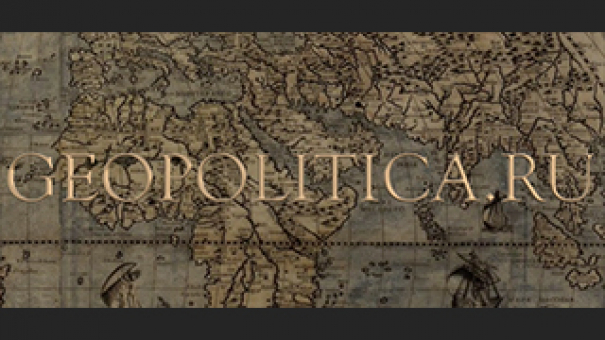More than 1 million refugees crossed into Europe in 2015
The swell of migrants and refugees crossing into Europe this year has surpassed 1 million people, the highest since World War II, according to new figures released by the International Organization for Migration (IOM).
The milestone, which was reached on Monday, shows the staggering reality of the fallout from war and poverty in the Middle East and Africa that has driven people from their home countries into Europe.
The majority of people have arrived by boat, making the short crossing over the Mediterranean from Turkey or North Africa, packed onto flimsy rubber dinghy, wooden boats and old fishing vessels. The huge increase has been driven largely by the ongoing civil war in Syria that has seen more than 4.3 million refugees flee the country.
The vast majority traveling to Europe are simply looking for safety, economic stability and the hope of a better life.
The staggering number also means that with just days left in 2015, the number of migrants and refugees making their way through Europe increased by four-fold over the previous year.
IOM says more than 820,000 crossed into Greece from Turkey, which has become the main entry point into Europe. That number included more than 455,000 people from Syria and more than 186,000 from Afghanistan.
They were the lucky ones. Nearly 3,700 people who tried to make the journey by boat across the Mediterranean have died trying.
The 162-country intergovernmental agency says the arrival of more than 4,100 people into Greece on Monday put the annual total more than 1 million. The figure includes more than 34,000 arrivals by land from Turkey into neighboring Greece and Bulgaria, or only about 3.5 percent of the total this year.
Most of the 2,889 deaths this year came on the Mediterranean between north Africa and Italy, IOM said. Another 706 people are known to have died trying to cross the Aegean between the Turkish coast and a number of nearby Greek islands.
IOM says its figures are pulled together through a combination of people registered and thus counted, as well as estimates given the sheer numbers. The agency compiles figures provided by law enforcement in countries like Italy and Greece, and its own monitors carry out a real-time count on the Greek islands and in Italy.
Most of those who arrived tried their best to move on to the more prosperous countries in western and northern Europe, crossing borders by foot or taking trains from one city to the next. European nations have struggled to deal with the worst migrants crisis on the continent in decades. Some scrambled to shut their borders, while others worked on a more comprehensive humanitarian response to deal with the thousands of new arrivals.
Germany and Sweden have been among the most welcoming, and some less-wealthy eastern European countries have erected border fences in an attempt to block the flood of migrants and refugees.
Germany has seen around 1 million migrants arrive this year, but that figure includes large numbers of people from Balkan countries who arrived earlier in 2015.
More News
02.12.2024 - 15:59
02.12.2024 - 15:20
02.12.2024 - 14:38
02.12.2024 - 14:37
02.12.2024 - 14:26
02.12.2024 - 12:22
02.12.2024 - 10:33
02.12.2024 - 09:39



